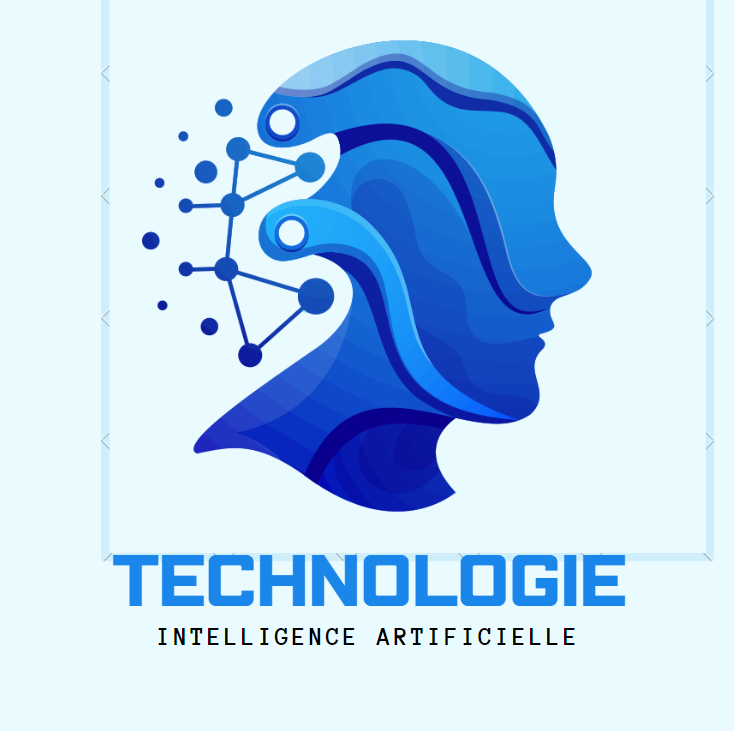Introduction to quantum technology and its principles
Quantum technology represents a paradigm shift from classical physics, leveraging the principles of quantum mechanics to develop new technologies with capabilities far beyond what is possible with classical systems.
Understanding the basic principles of quantum mechanics is essential to grasp the potential and functioning of quantum technology.
Potential applications of quantum computers
Quantum computers, leveraging the principles of quantum mechanics, promise to solve complex problems that are currently intractable for classical computers. Here are some of the potential applications of quantum computers:
1. Cryptography
- Shor’s Algorithm: Quantum computers can factorize large numbers exponentially faster than classical algorithms, potentially breaking widely used encryption schemes like RSA.
- Quantum Key Distribution (QKD): Ensures secure communication by detecting eavesdropping attempts, making it theoretically unbreakable.
2.Drug Discovery and Materials Science
- Molecular Simulation: Quantum computers can simulate molecular interactions at a quantum level, accelerating drug discovery and the development of new materials.
- Protein Folding: Predicting the three-dimensional structure of proteins, which is crucial for understanding diseases and developing treatments.
3. Optimization Problems
- Supply Chain Management: Optimizing logistics and supply chains to reduce costs and improve efficiency.
- Financial Portfolio Optimization: Enhancing investment strategies by finding the best asset allocation in complex financial markets.
4. Machine Learning and AI
- Quantum Machine Learning: Accelerating training of machine learning models and improving pattern recognition tasks.
- Data Analysis: Handling and analyzing vast datasets more efficiently than classical computers.
5. Healthcare
- Genomics: Analyzing genetic data to understand the genetic basis of diseases and personalize treatments.
- Medical Imaging: Enhancing image processing techniques for more accurate diagnostics.
6. Artificial Intelligence
- Quantum Neural Networks: Developing more powerful AI systems by enhancing neural network computations.
- Natural Language Processing: Improving algorithms for language understanding and translation.
- Advanced Encryption: Creating and breaking encryption protocols to enhance cybersecurity measures.
- Quantum Networks: Developing secure quantum communication networks resistant to hacking.
8. Logistics and Transportation
- Route Optimization: Finding the most efficient routes for transportation networks, reducing travel time and fuel consumption.
- Traffic Flow Management: Optimizing traffic signals and flow to reduce congestion.
Quantum computing is still in its early stages, but these potential applications highlight its transformative power across various industries. As quantum technology advances, it will unlock new possibilities and solutions to some of the most challenging problems facing humanity today
Challenges of building quantum computers
Building quantum computers involves several significant challenges due to the delicate nature of quantum states and the complexity of maintaining them. Here are the primary challenges:
- Qubit Stability :Qubits are prone to errors from various sources such as thermal fluctuations and electromagnetic interference. Reducing error rates is essential for reliable quantum computation.
- Quantum Error Correction: Quantum systems require sophisticated error correction methods because traditional error correction techniques are not directly applicable. Developing effective quantum error correction codes that can detect and correct errors without destroying quantum information is a major research area.
- Scalability:Scaling up the number of qubits while maintaining their coherence and entanglement is challenging. Building a quantum computer with millions of qubits that can perform meaningful computations is still an ongoing effort.
- Temperature Control:Many quantum computing technologies, such as superconducting qubits, require extremely low temperatures (close to absolute zero) to operate. Maintaining such cryogenic environments is technically complex and expensive.
- Fabrication and Materials:Developing and fabricating materials that can reliably support qubits and quantum operations is challenging. Variations in material properties can lead to inconsistent qubit behavior and performance.
- Algorithm Development: Designing quantum algorithms that can effectively leverage quantum computational advantages over classical algorithms is a non-trivial task. Researchers are still exploring which problems can be best solved using quantum computers.
Impact of quantum technology on cryptography
Quantum technology, particularly quantum computing, has profound implications for cryptography:
1. Breaking Classical Encryption:
- Shor’s Algorithm: Quantum computers can factorize large integers exponentially faster than classical computers. This capability threatens the security of widely used public-key cryptographic systems like RSA, which rely on the difficulty of factorizing large numbers.
- Discrete Logarithms: Quantum algorithms can also solve discrete logarithm problems efficiently, compromising other cryptographic systems like Diffie-Hellman and elliptic curve cryptography.
2. Quantum-Resistant Cryptography:
- Post-Quantum Cryptography: In response to the threat posed by quantum computers, researchers are developing cryptographic algorithms that are believed to be secure against quantum attacks. These post-quantum cryptographic methods aim to replace current standards with quantum-resistant alternatives.
- Lattice-Based Cryptography: One promising area of post-quantum cryptography is lattice-based cryptography, which relies on the hardness of certain mathematical problems that are currently believed to be resistant to quantum attacks.
3. Quantum Key Distribution (QKD):
- Secure Communication: QKD leverages quantum mechanics principles to enable secure communication. It uses entanglement and the no-cloning theorem to detect eavesdropping attempts, ensuring that any interception of the key is detected and the key is discarded.
- Practical Implementations: QKD is already being implemented in real-world scenarios, providing a theoretically unbreakable encryption method that could become the foundation for secure communications in the quantum era.
5. New Cryptographic Protocols:
- Quantum Cryptographic Protocols: Beyond key distribution, quantum technology enables new cryptographic protocols such as quantum secure direct communication (QSDC) and quantum digital signatures. These protocols aim to provide enhanced security features that are not possible with classical cryptography.
The development of quantum computers faces significant technical challenges, including maintaining qubit coherence, error correction, scalability, and operational fidelity. Despite these hurdles, the potential applications and benefits of quantum computing are vast
Conclusion
quantum technology presents both a threat and an opportunity. While quantum computers have the potential to break many current cryptographic systems, they also enable new forms of secure communication through technologies like QKD. The ongoing development of post-quantum cryptographic methods and hybrid systems aims to secure digital communications in the upcoming quantum era.
التسميات
technology

